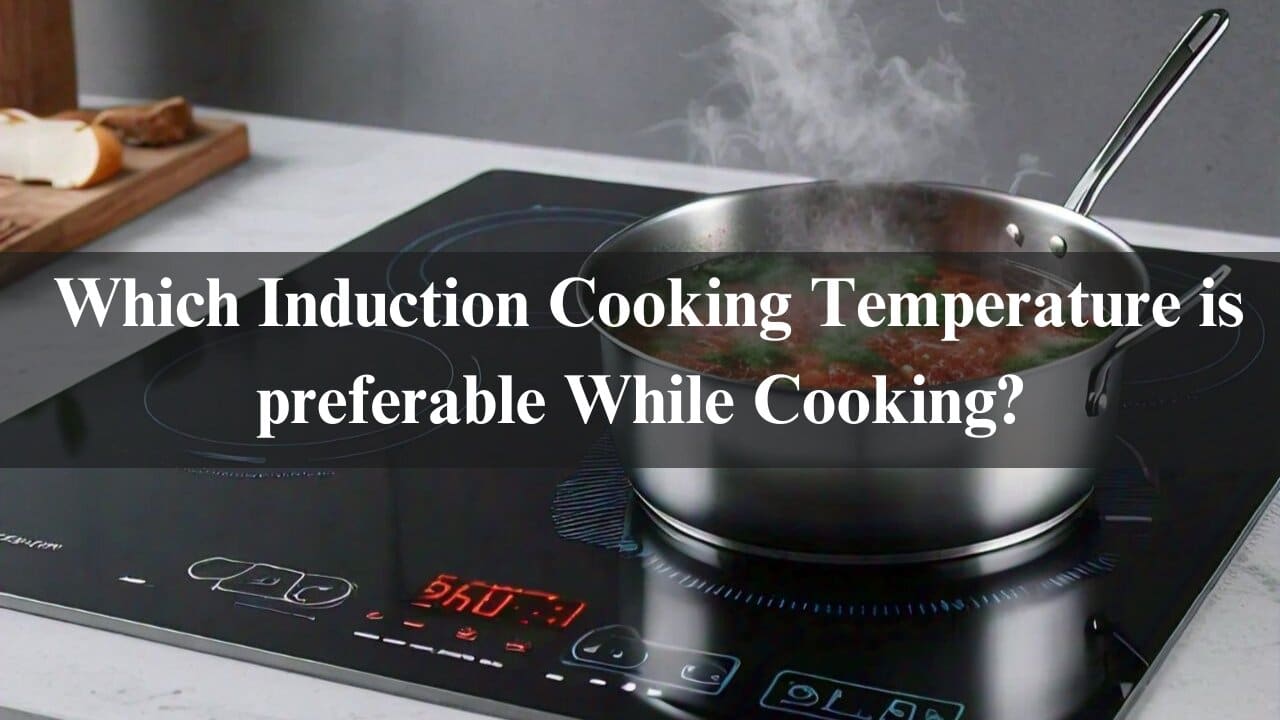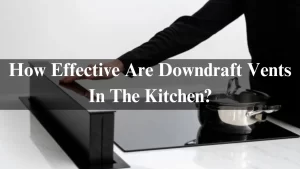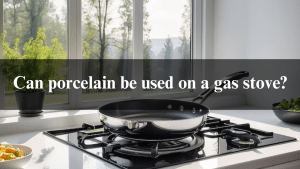Induction cooking is revolutionizing the way we approach our kitchens. With its sleek design and efficient heating capabilities, it’s no wonder that many home chefs are making the switch. But if you’re new to this technology, understanding induction cooking temperature can be a game-changer for your culinary adventures.
Have you ever wondered what temperature settings work best for different dishes? How can you achieve that perfect simmer without overcooking your ingredients? These questions are essential for getting the most out of your induction cooktop. Whether you’re sautéing vegetables or searing meat, knowing the optimal temperatures can elevate your meals from ordinary to extraordinary.
Join us as we dive deep into everything about induction cooking temperatures in 2024! You’ll learn about various settings, their influence on food preparation, and tips to maximize your experience. Get ready to take control of your kitchen like never before!
Table of Contents
Key Factors Affecting Optimal Temperature
Maintaining the right temperature in cooking isn’t just about turning the dial; it’s about understanding the factors that influence how heat interacts with your food. From the type of cookware you use to the specific needs of each recipe, several elements come into play when aiming for the perfect culinary result.
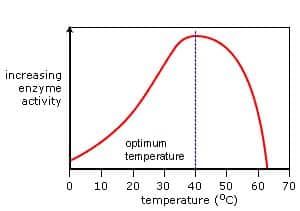
Here are the factors influencing optimal temperature:
- Type of Cookware: Different materials respond uniquely to induction heat. For example, cast iron retains heat well and provides even cooking, while stainless steel heats quickly but can have hot spots. Choosing the suitable cookware material is essential for maintaining the optimal temperature and achieving the best cooking results.
- Recipe Requirements: Each recipe requires a specific temperature, whether simmering a delicate sauce, searing meat, or boiling pasta. Understanding these requirements helps you set the right temperature, ensuring the dish is perfectly cooked without burning or undercooking.
- Food Sensitivity: Certain foods are more sensitive to temperature changes. Delicate sauces, melting chocolate, and other fragile ingredients require precise temperature control to avoid separation, burning, or other issues. Knowing how sensitive your food is to heat helps you manage the temperature more effectively.
What Temperature is Induction Heating?
Induction heating operates on a unique principle that differentiates it from traditional cooking methods. It generates heat through electromagnetic induction instead of using direct flame or electric coils. This process creates an alternating magnetic field that induces currents directly in the cookware.
The temperature achieved during induction cooking can vary significantly based on several factors. Generally, induction cooktops can reach temperatures ranging from 100°F (38°C) to over 500°F (260°C).
This capability allows for precise control and rapid adjustments while cooking. Matching your cookware with a suitable ferromagnetic material is essential to ensure heating efficiency. The beauty of induction lies in its ability to deliver consistent results without delay, making meal preparation quicker and more enjoyable.
What are the Temperature Settings for Induction Cooking?
Induction cooking offers a variety of temperature settings tailored to different culinary needs. Typically, the range starts from low heat for gentle warming up to high heat for quick boiling.
Low settings are ideal for melting chocolate or simmering sauces. These temperatures allow you to maintain control without burning delicate ingredients.
Medium heat is perfect for sautéing vegetables and browning meats. It strikes a balance, providing enough heat while preventing food from sticking or overcooking.
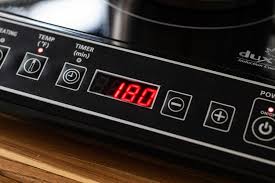
High settings are used when rapid heating is necessary, such as bringing water to a boil or searing steak. Induction cooktops can instantly reach these temperatures, making them energy-efficient and effective.
Most models also feature presets that simplify your cooking experience. Whether frying eggs or preparing pasta, understanding temperature settings enhances your cooking skills with induction technology.
What is Low Heat on Induction?
Low heat on induction cooking refers to settings typically ranging from 1 to 3 on the control panel. This temperature range is ideal for gentle cooking methods like simmering and warming.
When you select a low heat setting, the induction cooktop produces a consistent, mild heat level. This makes it perfect for delicate tasks such as melting butter or chocolate without scorching it.
Low heat also simmers sauces or soups, allowing flavors to meld together over time while preventing rapid boiling.
Additionally, it’s excellent when keeping food warm after it has been cooked. You can maintain dishes at serving temperature without risking further cooking or drying out.
They understand how low heat functions on an induction stove, which allows cooks to master various techniques precisely and efficiently.
What Temperature is the Simmer on Induction?
When the matter is boiling on the induction kick-top, the temperature is usually between 180 ° F and 205 ° F (82 ° C to 96 ° C). This soft heat is perfect for flavors out of your ingredients without boiling.
Cooking induction allows precise control. By adjusting the settings as needed, you can maintain a stable boil. Each model may have slightly different temperature marks, so it is wise to consult your specific unit for maximum results.
Boiling is ideal for utensils like sauce or soup. It helps to match the flavors while preventing maximum coking. In addition, you will see how quickly you can arrive in this critical condition.
Is Induction Good for Simmering?
Induction cooking is excellent for simmering, offering precise temperature control that traditional methods often lack—the rapid adjustments to heat allow you to achieve and maintain a gentle simmer with ease.
With induction, the pot heats up quickly while the cooktop remains cool. This means even delicate sauces can be managed without fear of burning or sticking.
Another advantage is the consistency in heating. Once you’ve set your desired temperature, it stays steady, so you won’t have to constantly check if it’s too hot or cold.

Many cooks appreciate how easy it is to switch between high heat for boiling and low heat for simmering. Induction technology makes this transition seamless, significantly enhancing the cooking experience.
If you want perfect results every time, induction might be your best friend in the kitchen when it comes to simmering dishes.
What is the Heating Rate of Induction Heat?
Induction cooking is renowned for its remarkable heating rate. This technology utilizes electromagnetic energy to heat your cookware directly, which means that the pan itself becomes the heat source.
Typically, induction cooktops can reach maximum temperatures in mere seconds. This rapid response allows you to transition from simmering to boiling almost instantly.
The efficiency of induction heating also means less wasted energy than traditional gas or electric stoves. With precise temperature control and quick adjustments, chefs can achieve their desired results without long wait times.
Many modern induction models also have features that monitor real-time temperature changes. This capability enhances safety and precision while you’re cooking various dishes.
What is the Highest Temperature in Induction?
Induction cooktops are known for their precise heating capabilities. The highest temperature you can achieve generally ranges between 400°F to 450°F (approximately 204°C to 232°C).
This range is perfect for searing meats or achieving that crispy texture on your favorite dishes. However, not all induction models will reach these temperatures; it often depends on the brand and specific features of the cooktop.
What’s fascinating about induction cooking is how quickly it can get there. Unlike traditional methods, which transfer heat through flames or electric coils, induction directly heats the cookware.
That means more efficiency and less wasted energy. Monitor your food closely as you approach those peak temperatures; things can change instantly!
How Hot Does an Induction Get?
Induction cooktops are known for their efficiency and rapid heating capabilities. The heat generated is not from the burner but through magnetic fields that warm the cookware.
Typically, induction cooking surfaces can reach temperatures as high as 450°F (232°C). This allows you to boil water or sear meats with ease quickly. However, it’s worth noting that the cooktop’s surface remains relatively calm compared to traditional gas or electric stoves.
The actual temperature achieved will depend on several factors, including your specific model and pan type. Specialized induction cookware can enhance performance by optimizing heat transfer.
For safety, many induction units have built-in sensors that prevent overheating. This feature ensures a safe cooking environment while providing powerful heat when needed.
How Do I Control the Temperature of My Induction Heater?
Controlling the temperature of your induction heater is straightforward. Most models feature intuitive touch controls or knobs that allow for precise adjustments.
Begin by selecting the desired cooking setting on your cooktop. Many heaters come with pre-defined temperatures tailored for various cooking methods, such as boiling, frying, and simmering.
Many induction cookers provide a numerical temperature scale if you’re looking for more precision. This allows you to fine-tune the heat according to your recipe’s requirements.
For tasks requiring gradual heating or gentle simmering, start at a lower setting and increase gradually. Induction technology responds quickly so that minor adjustments can have an immediate effect.
Monitor your food closely while adjusting the settings to avoid overcooking or burning. With practice, you’ll find it easy to master control over your induction cooking temperature effortlessly.
Tips for Achieving Optimal Temperature
Achieving the perfect temperature while cooking can make or break a dish, especially when precision is critical. Whether searing steak to perfection or slowly melting chocolate, mastering temperature control ensures every recipe turns out just right.
Here are some tips for achieving optimal temperature:
- Use a Thermometer: Precise temperature control is essential for many recipes, and the best way to accomplish this is by using a kitchen thermometer. Whether cooking meat, candy, or sauces, a thermometer ensures you hit the exact temperature needed, preventing undercooking or burning.
- Start Low and Adjust: It’s often easier to start with a lower temperature and gradually increase it as needed. This approach gives you more control and reduces the risk of overheating, especially when working with delicate foods that can quickly burn or overcook.
- Be Mindful of Pan Size: The size of your pan plays a significant role in how heat is distributed and maintained. Using a pan that is too large or too small for your burner can lead to uneven cooking. Match your pan size with the burner for more consistent and even temperature control.
Related Article: Is A 3500W Induction Burner An Overkill? Latest Info 2024
Conclusion
In 2024, achieving the perfect temperature with induction cooking is more accessible than ever. By understanding how factors like cookware type, recipe requirements, and food sensitivity influence temperature, you can make informed decisions that elevate your cooking. Whether mastering a gentle simmer or searing at high heat, induction technology offers precise control that caters to your culinary needs. With the proper techniques and tools, you can harness the full potential of your induction cooktop, making every dish a success.
FAQs
- What is the best induction cooking temperature for searing meat?
A high temperature (around 400-450°F) is ideal for searing meat, achieving a crispy exterior and juicy interior.
- What is the ideal temperature for simmering sauces?
Simmering sauces typically requires a low temperature (around 180-205°F) to prevent boiling and allow flavors to meld.
- Can I use a glass pan on an induction cooktop?
No, glass pans are not compatible with induction cooktops. You need cookware made from ferromagnetic materials like cast iron or stainless steel.
- How do I know if my cookware is compatible with induction?
If a magnet sticks to the bottom of your cookware, it is likely compatible with induction.
- Is induction cooking more energy-efficient than gas or electric?
Yes, induction cooking is generally more energy-efficient as it heats the cookware directly, reducing heat loss.
- What are the typical temperature settings on an induction cooktop?
Most induction cooktops have settings ranging from low (for simmering) to high (for boiling). Some also have preset temperatures for specific cooking tasks.
- How do I control the temperature on my induction cooktop?
Most induction cooktops have touch controls or dials for adjusting the temperature. Some models also have a numerical display for precise control.
- Can I use a thermometer to monitor the temperature of my induction cooktop?
Yes, you can use a kitchen thermometer to monitor the temperature of your food while cooking on an induction cooktop.

